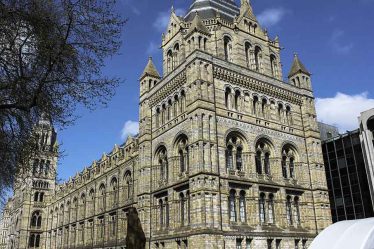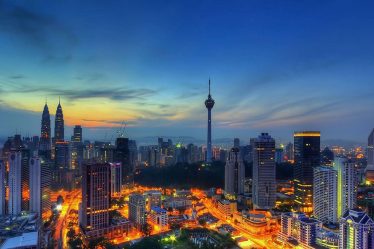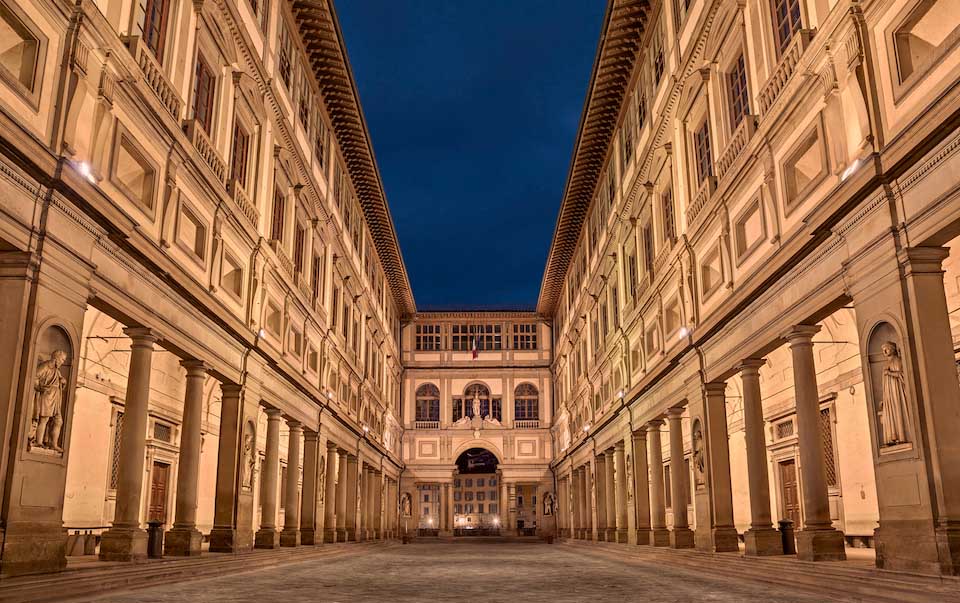
Florence, the capital of the Tuscany region in Italy, is not only the birthplace of the Renaissance but also a global hub of art, culture, and history. This city is a living testament to human creativity and intellectual achievement. Stepping onto the cobbled streets of Florence feels like entering a living museum, where every building, painting, and sculpture has a story to tell. From the magnificent palaces to the enchanting alleyways, Florence offers a sensory journey through time. The seamless blend of ancient architecture with modern-day life creates an atmosphere of timeless beauty and cultural richness, ensuring an unforgettable travel experience for every visitor.
1. Step into the Heart of the Renaissance – Uffizi Gallery
If you’re in Florence, you simply can’t miss the Uffizi Gallery (Galleria degli Uffizi). This world-renowned museum, located along the Arno River, houses a vast collection of Renaissance art. Not only is it one of the most important art museums in the world, but it’s also one of my personal favorites. Every painting in the Uffizi tells a historical story, serving as a cultural snapshot of the Renaissance era, offering insights into the changing ideologies, aesthetics, and politics of the time. As I entered the gallery, I first arrived at the famous “The Birth of Venus” by Botticelli, one of the most iconic works of the Renaissance. Standing before it, I could almost feel the ethereal beauty and poetry it radiated, with the graceful Venus emerging from the sea, symbolizing rebirth and beauty. In the following rooms, I encountered masterpieces such as Leonardo da Vinci’s “The Virgin and Child,” Michelangelo’s sketches for sculptures, and Raphael’s “The Assumption of the Virgin.” Each of these pieces held not just artistic excellence but profound symbolic meaning. The sheer talent and vision behind each painting or sculpture left me in awe. These works are a testament to how Florence evolved from a small town into a global center for art and culture. The gallery’s collection is not just an exhibition of technique, but a reflection of the spiritual, philosophical, and intellectual currents that defined the Renaissance. For art lovers, the Uffizi Gallery is undoubtedly the most direct and immersive way to experience the Renaissance in all its glory.
2. Follow in the Footsteps of Leonardo da Vinci and Michelangelo – Accademia Gallery
After leaving the Uffizi Gallery, I headed to the Accademia Gallery (Galleria dell’Accademia), another gem of Florence’s rich artistic history. The most famous exhibit here is Michelangelo’s sculpture “David.” As a quintessential Renaissance masterpiece, this sculpture showcases Michelangelo’s deep understanding of human beauty and anatomy. Standing in front of “David,” I was deeply moved by the intricacy and power of the sculpture. Michelangelo captured the perfect proportions and strength of the human body, as if this ancient hero was ready to step forward and face his destiny. The life-like details—his muscular form, intense expression, and natural stance—convey a timeless representation of human potential. In addition to “David,” the Accademia Gallery also houses many paintings and sculptures by da Vinci and other Renaissance masters. Walking through the gallery, I felt as though I had entered a temple of art, where each exhibit allowed me to grasp the reverence the Renaissance period held for beauty, wisdom, and strength. The paintings, especially those by Botticelli and da Vinci, offered glimpses into the minds of the great masters, whose works were not only technical marvels but vehicles for exploring complex themes like spirituality, human nature, and the divine. The atmosphere in the Accademia is almost sacred, drawing visitors into a deep appreciation of the Renaissance’s lasting influence on Western art and culture.
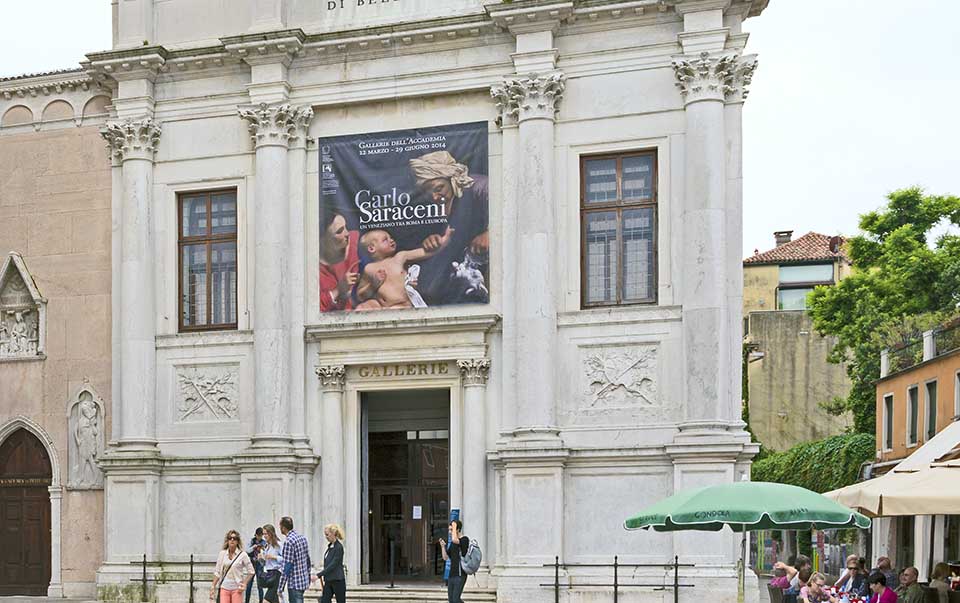
3. Stroll Through Florence’s Ancient Districts – Pitti Palace and Boboli Gardens
After immersing myself in the awe-inspiring galleries, I ventured towards the Pitti Palace (Palazzo Pitti), one of Florence’s most important historical landmarks. As I entered the palace, I was immediately struck by the grandeur of its interior, featuring intricate frescoes, lavish furnishings, and priceless works of art. The rooms exuded a sense of aristocratic luxury, offering a glimpse into the opulent lifestyle of the Medici family and their peers. Just outside the palace lies the Boboli Gardens (Giardino di Boboli), a sprawling green oasis nestled on a hillside, offering spectacular views of the city. The garden is a perfect example of classical Italian design, featuring symmetrical paths, elaborate fountains, and statues scattered throughout. As I wandered through the lush greenery, I could smell the fresh flowers and the earthy scent of the soil, all while being surrounded by the peaceful atmosphere of this historic landscape. It felt like stepping into a different era, where noble families strolled through these grounds in centuries past, enjoying the same serene beauty I was experiencing.
4. Florence’s Historic Districts – Piazza Santa Croce and Ponte Vecchio
Florence is not just a collection of famous museums and stunning palaces; its streets and squares are living, breathing pieces of history. In Piazza Santa Croce, I stood in awe before the Basilica of Santa Croce, one of the city’s most revered religious buildings. This majestic church is not only known for its stunning architecture but also as the burial place of several legendary figures such as Michelangelo, Galileo, and Machiavelli. As I walked through the piazza, the air seemed to hum with the echoes of the great minds who had passed through here. From there, I followed the winding streets along the Arno River to the Ponte Vecchio, one of Florence’s most iconic landmarks. This ancient bridge, dating back to the 14th century, is lined with shops selling gold, silver, and jewelry, making it both a historic and vibrant commercial hub. Walking across the bridge, I could hear the gentle lapping of the river below, while the view of the bustling shops added a lively contrast to the bridge’s centuries-old stone structure. It felt as if I were standing at the crossroads where past and present seamlessly intertwine, with history alive in every step I took.
5. Explore Florence’s Cuisine – Traditional Restaurants and Street Food
A trip to Florence would be incomplete without tasting the local cuisine, which is a true reflection of Tuscany’s rich agricultural heritage. From the iconic Florentine steak (Bistecca alla Fiorentina) to delicious street food like Italian gelato, each bite is an explosion of flavor that captures the essence of the region.
Near Ponte Vecchio, I dined at a charming, traditional Italian restaurant where I had the chance to savor authentic Florentine steak. This dish is cooked using a unique grilling technique, resulting in a rich, juicy steak with a crispy, flavorful crust. The tender meat was perfectly charred and seasoned with just a hint of salt and pepper, allowing the natural flavors to shine through. Paired with a glass of robust red wine from the vineyards of Tuscany, the meal was an unforgettable experience. Each bite of steak was a true celebration of the region’s culinary tradition.
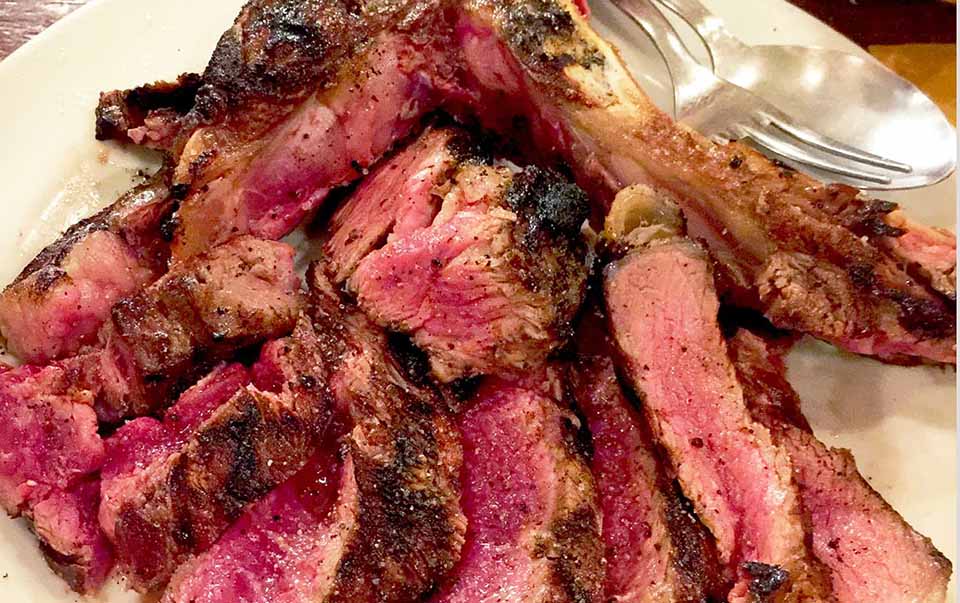
For dessert lovers, Florence also offers a delightful array of traditional sweets. Tiramisu, the classic Italian dessert, is often made with the finest mascarpone cheese and espresso-soaked ladyfingers, creating a creamy, indulgent treat that’s hard to resist. Another local favorite is Castagnaccio, a dense chestnut flour cake typically served with a sprinkle of pine nuts and rosemary, offering a comforting and earthy sweetness. These desserts are the perfect way to round off a meal, leaving you with a sense of fulfillment and a deeper appreciation for the city’s gastronomic heritage.
6. Florence by Night – Twilight and Night Markets
As night descended upon Florence, the city transformed into an even more magical version of itself. The Arno River glistened under the fading light of the sunset, its surface mirroring the warm hues of the sky. As I walked along the riverbanks, I noticed the streetlights gradually flickering on, casting a soft, golden glow that illuminated the city’s historic buildings. The gentle hum of evening activity filled the air, creating a peaceful contrast to the daytime hustle.
I continued my stroll to one of Florence’s charming night markets. The vibrant stalls, lit by lanterns, offered an array of handcrafted goods, delicate leather products, and delicious local snacks like “lampredotto” (a traditional Florentine sandwich). These markets were a perfect blend of the city’s artisanal craftsmanship and the lively atmosphere of the evening. Tourists and locals alike gathered here, chatting and browsing through the colorful displays.
Florence at night feels like a world apart from the daytime. The quiet elegance of its streets, paired with the soft glow of streetlights reflecting off the Arno River, provides a serene ambiance. It’s a perfect time to slow down, immerse yourself in the beauty of the city, and take in the tranquility of a place that holds centuries of history. The evening air carries the scent of fresh pastries and nearby cafés, making it an unforgettable experience for anyone visiting this timeless city.
Florence is a city where history, art, and modernity are perfectly intertwined. From museums to ancient streets, from palaces to gardens, every corner tells a story of a rich cultural heritage. Whether you’re an art lover, a history buff, or a foodie, Florence offers an unparalleled travel experience.
